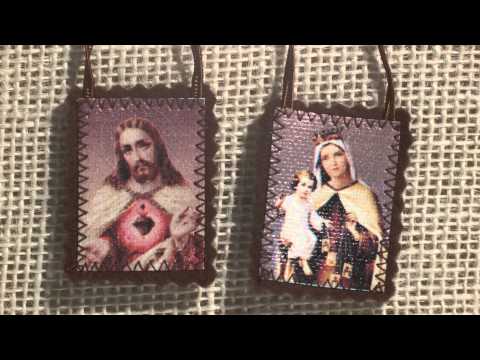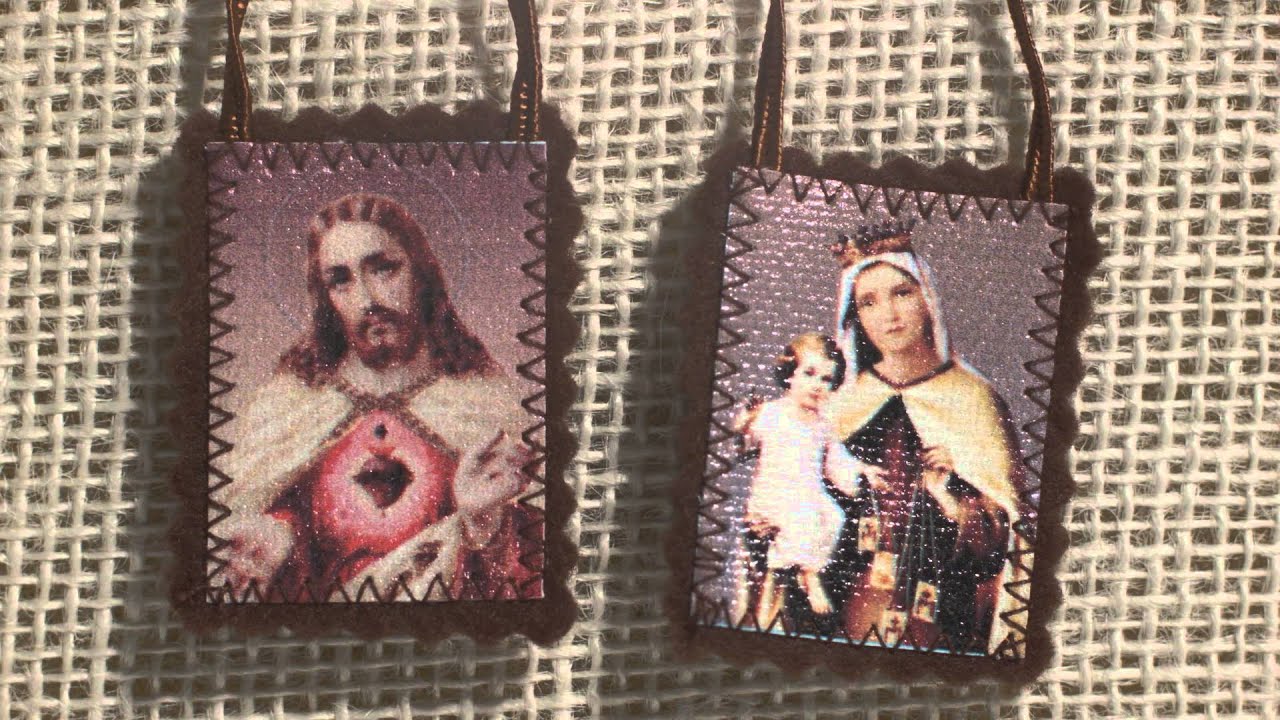The Catholic fabric is a rich tapestry woven with centuries of tradition, faith, and spirituality. It is a vibrant and diverse community that encompasses people from all walks of life, united by their shared belief in the teachings of Jesus Christ. Catholicism is not merely a religion, but a way of life that permeates every aspect of its followers' existence. The Catholic Church offers solace, guidance, and a sense of belonging to its members, inviting them to deepen their relationship with God and strive for holiness.
At the core of the Catholic fabric lies a deep reverence for sacraments, which are sacred rituals that convey divine grace. From baptism to the Holy Eucharist, these sacraments nourish and strengthen the faithful, fostering a deep connection to God and the community. The Catholic faith also places great emphasis on the power of prayer, with the rosary serving as a powerful tool for meditation and reflection.
What sets the Catholic fabric apart is its rich history and the saints who have left an indelible mark on the faith. These holy men and women inspire and serve as role models, demonstrating how to live a life dedicated to serving others and following the teachings of Christ. Through their intercession, Catholics find comfort and hope, knowing they are not alone in their spiritual journey.
Whether you are a lifelong Catholic or simply curious about the faith, the Catholic fabric offers a welcoming embrace, inviting you to explore its depths and discover the profound beauty of a faith that has withstood the test of time.

The Significance of Catholic Fabric in Religious Traditions
Catholic fabric plays a vital role in religious practices within the Catholic Church. From vestments worn by clergy members to altar cloths and banners used during Mass, fabric holds a special place in the Catholic faith. This article explores the significance of Catholic fabric and its importance in various religious traditions.
1. Symbolism and Meaning
Catholic fabric is rich in symbolism and meaning, with each piece carefully selected and designed to convey specific messages. The colors, patterns, and materials used in Catholic fabric hold deep significance in religious rituals and ceremonies. For example, the color purple is often associated with penance and preparation during the season of Lent, while white symbolizes purity and is used during important feasts such as Easter and Christmas.
Catholic fabric also incorporates intricate designs and symbols that represent various aspects of the faith. One such symbol is the Chi-Rho, which combines the first two letters of the Greek word for Christ. This symbol is often found on vestments and church paraments, reminding believers of the central role of Christ in their faith.
2. Liturgical Vestments
One of the most prominent uses of Catholic fabric is in liturgical vestments worn by clergy members during Mass and other religious services. These vestments are not only functional but also carry deep symbolic meaning. The alb, for instance, is a white garment worn by priests and deacons, symbolizing purity and the baptismal garment.
The chasuble, which is worn over the alb, signifies the priest's office and is often richly adorned with intricate embroideries and designs. The color of the chasuble changes according to the liturgical season, reflecting the different periods of the Church calendar.
The stole, worn by priests and deacons, symbolizes the authority and responsibility given to them by Christ. It is typically decorated with crosses or other religious symbols.
3. Altar Cloths and Paraments
The use of fabric extends beyond liturgical vestments to altar cloths and paraments. These pieces of fabric adorn the altar and create a sacred space for the celebration of Mass. Altar cloths are typically made of linen and are changed according to the liturgical season or feast being celebrated.
Catholic fabric used as altar cloths often feature intricate designs and embroidery, reflecting the importance of the altar as the focal point of the Eucharistic celebration. These designs may include symbols such as the Chi-Rho, the Lamb of God, or the Cross.
Paraments, on the other hand, are fabric coverings used to decorate various parts of the church, such as the pulpit, lectern, and chancel. These fabric coverings are often coordinated with the liturgical season or feast and may include symbols and designs that reflect the significance of the particular celebration.
4. Banners and Flags
Catholic fabric is also used in the form of banners and flags during religious processions and special events. These banners and flags often bear religious symbols and images, serving as a visible representation of the Catholic faith.
Processional banners, carried during religious processions, typically depict scenes from the Bible, saints, or symbols associated with the Catholic Church. They are crafted with care and attention to detail to honor the sacredness of the event.
Catholic flags, such as the Vatican flag, are used to represent the Catholic Church on a larger scale. These flags feature the iconic gold and white colors associated with the Vatican and are often displayed during papal visits or important Church events.
5. Preservation and Conservation
Given the importance of Catholic fabric in religious traditions, preserving and conserving these textiles is of utmost importance. Fabric that has been used for liturgical purposes is often treated with care and respect, ensuring its longevity and continued use.
Conservation methods for Catholic fabric involve proper cleaning, storing, and handling techniques. Special attention is given to prevent damage caused by light, humidity, insects, and general wear and tear. Regular inspections and maintenance are undertaken to ensure that these precious fabrics are preserved for future generations.
In conclusion, Catholic fabric holds great significance in religious traditions and practices within the Catholic Church. From liturgical vestments to altar cloths and banners, fabric is an essential element that adds beauty and symbolism to religious ceremonies. Understanding the meaning behind the colors, patterns, and symbols used in Catholic fabric enriches the spiritual experience of believers and reinforces the deep-rooted traditions of the Catholic faith.
“The Mystical Journey: Transforming the Brazilian Brown Scapular”
Video Source : The Catholic Company
Catholic Fabric
Catholic Fabric
| Fabric Type | Description | Symbolism |
|---|---|---|
| Silk | Silk is a luxurious fabric often used in Catholic vestments. Its smooth and lustrous texture adds elegance to liturgical garments. | Silk symbolizes purity and the richness of faith, reflecting the splendor of God's presence. |
| Brocade | Brocade is a heavily woven fabric with intricate patterns, commonly used in altar cloths and chasubles. It is known for its durability and opulence. | Brocade symbolizes the grandeur of divine majesty and royalty, emphasizing the magnificence of Catholic worship. |
| Linen | Linen, derived from flax fibers, is a natural fabric used in altar linens and purificators. It is highly absorbent and lends a sense of purity to liturgical items. | Linen symbolizes cleanliness and righteousness, reflecting the sanctity of the Eucharist and the purity of the priesthood. |
| Velvet | Velvet is a soft and plush fabric often used in liturgical vestments like copes and stoles. Its rich texture adds a sense of solemnity to religious ceremonies. | Velvet symbolizes the royalty and majesty of Christ, highlighting the divine authority and power of the Church. |
| Damask | Damask is a fabric characterized by intricate woven patterns. It is commonly used in altar cloths and banners, adding an ornate touch to church decor. | Damask symbolizes the richness of the faith and the intricate tapestry of Catholic traditions, reflecting the depth and complexity of the Church's teachings. |
As an expert in Catholic fabric, it is important to understand the significance behind the materials used in liturgical garments and church decor. The choice of fabric plays a crucial role in conveying the spiritual message and enhancing the overall aesthetic appeal of Catholic worship.
Silk, with its smooth and lustrous texture, is often associated with purity and divine splendor. It is commonly utilized in vestments to emphasize the richness of faith and God's presence during liturgical celebrations.
Brocade, on the other hand, is a heavily woven fabric known for its durability and opulence. Its intricate patterns and sumptuous feel symbolize the grandeur of divine majesty and royalty, providing an awe-inspiring ambiance to the altar cloths and chasubles.
Linen, derived from flax fibers, is highly absorbent and represents cleanliness and righteousness. This natural fabric is typically used in altar linens and purificators to reflect the sanctity of the Eucharist and the purity of the priesthood.
Velvet, with its soft and plush characteristics, adds a sense of solemnity to religious ceremonies. Often seen in liturgical vestments like copes and stoles, velvet symbolizes the royalty and majesty of Christ, underscoring the divine authority and power of the Church.
Lastly, damask, distinguished by its intricate woven patterns, adorns altar cloths and banners, contributing to the ornate beauty of church decor. This fabric symbolizes the richness of the Catholic faith and the complex tapestry of its traditions, reflecting the depth and intricacy of the Church's teachings.
In conclusion, the choice of fabric in Catholic worship is not merely about aesthetics but delves into the symbolism and spiritual significance it imparts. Understanding the unique qualities and meanings associated with each fabric type allows the faithful to experience a deeper connection to their faith while enveloped in the splendor of Catholic fabric.

